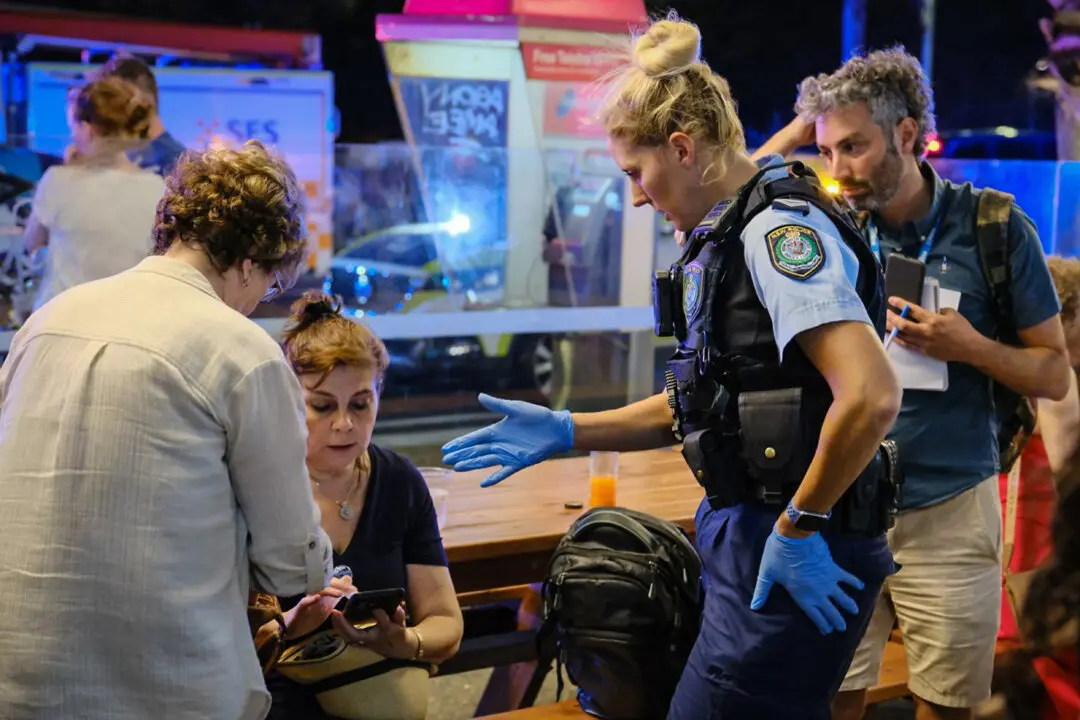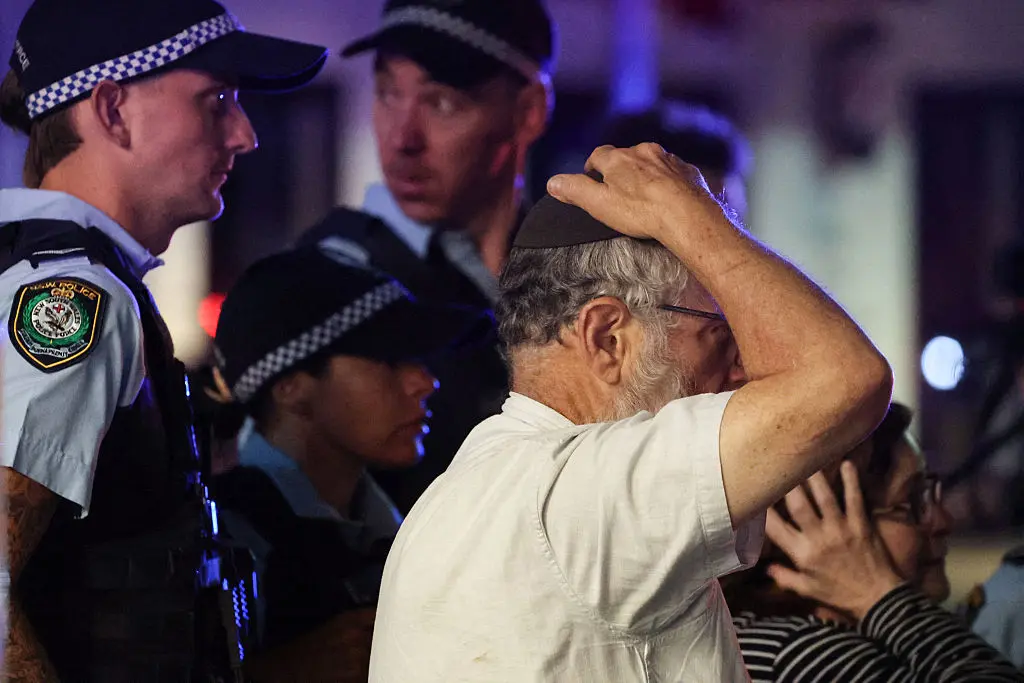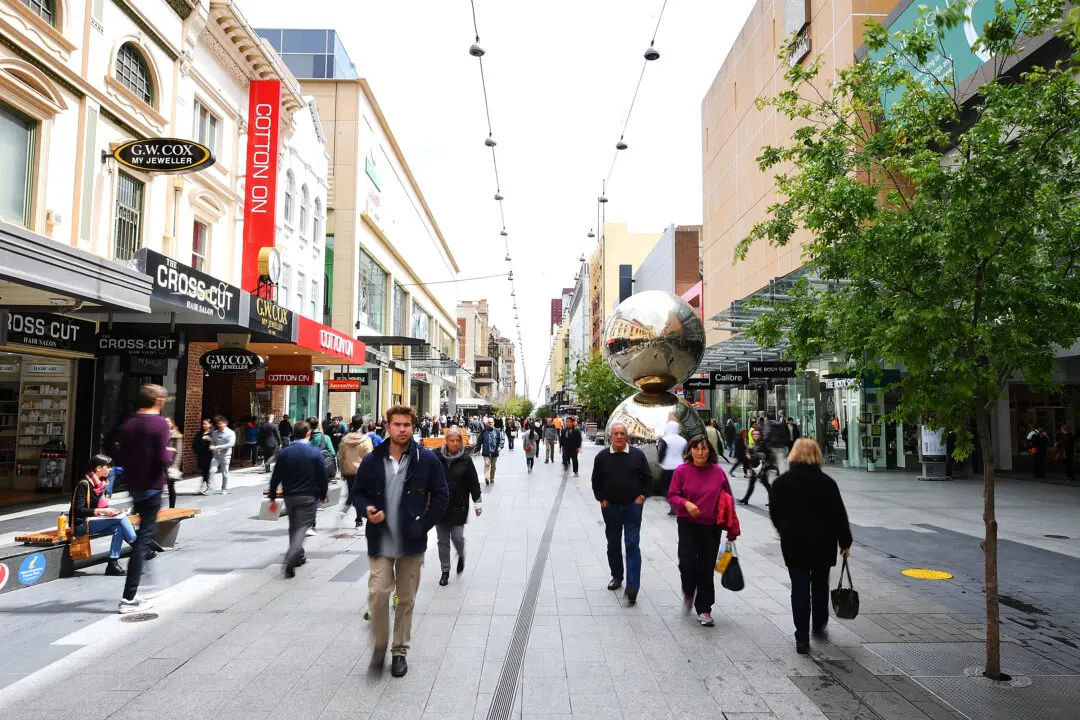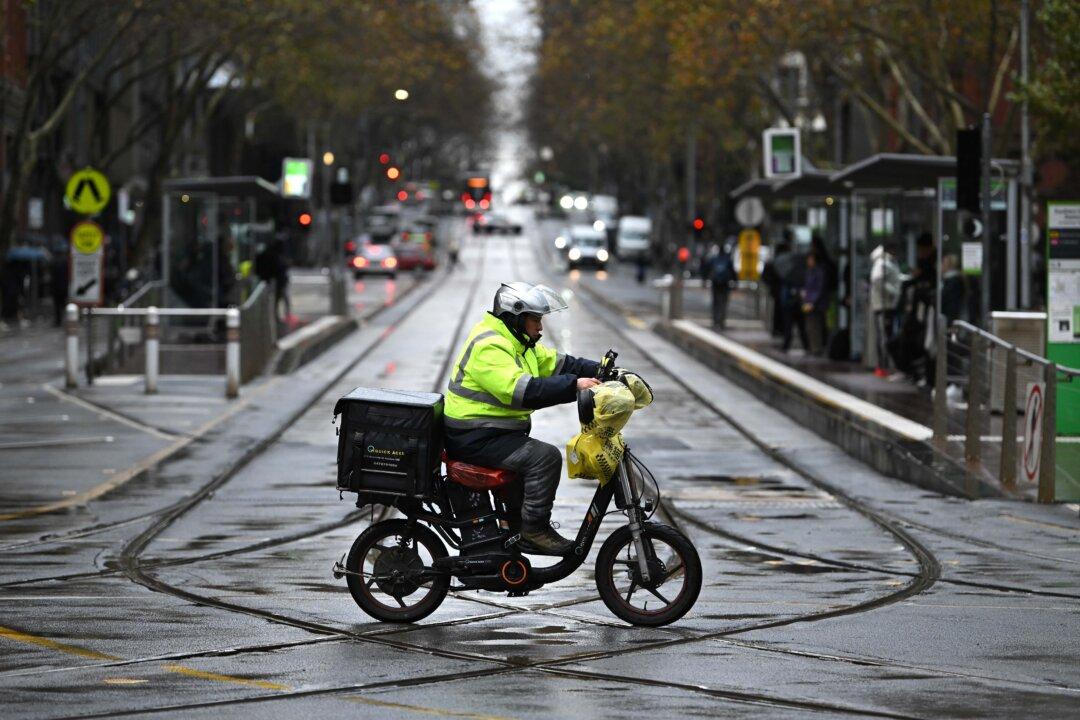The Australian Government Department of Health and Aged Care received and moderated more than 50,000 comments each month at the height of the pandemic.
The revelation is contained within the department’s response to the COVID-19 Response Inquiry, which has received more than 2,000 submissions.





